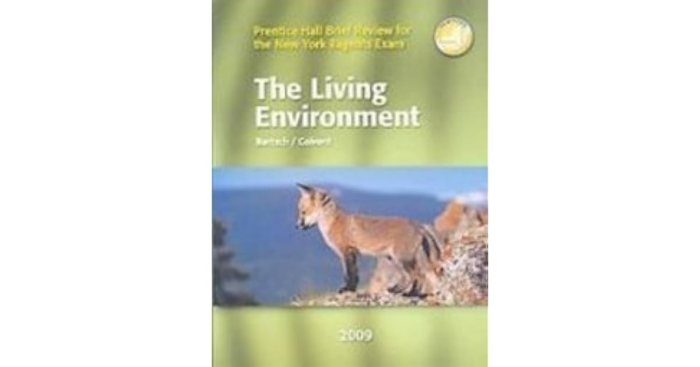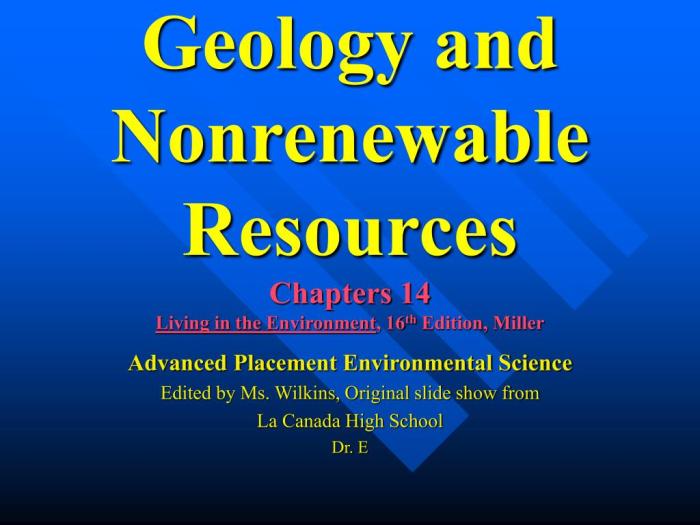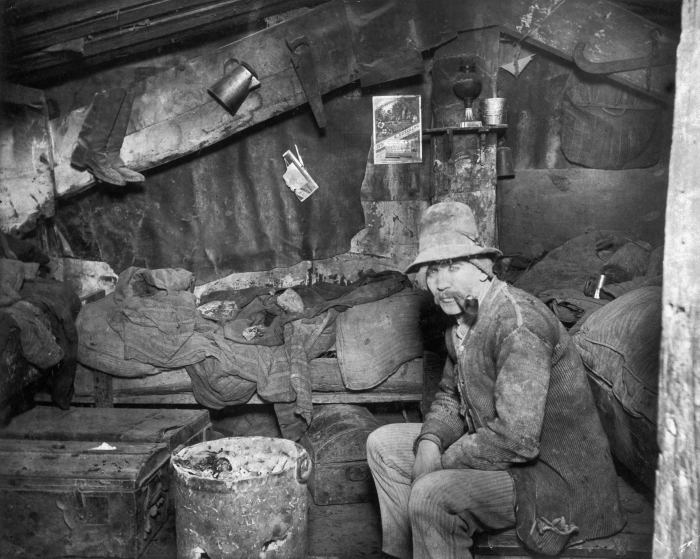Living in the environment 19th edition – Living in the Environment, 19th Edition, provides a comprehensive examination of the historical foundations of environmentalism, tracing its origins and evolution throughout the 19th century. This seminal work offers a unique perspective on the profound environmental transformations that shaped our understanding of the natural world and laid the groundwork for modern environmental stewardship.
From the burgeoning industrial revolution to the rise of urbanization, the 19th century witnessed a dramatic shift in the human relationship with the environment. This book delves into the complexities of this era, exploring the challenges and opportunities that arose from rapid technological advancements, population growth, and the exploitation of natural resources.
Environmental History and the 19th Century
The 19th century marked a pivotal era in the history of environmentalism, characterized by significant events and developments that shaped our understanding of the natural world and its relationship to human activities.
During this period, rapid industrialization, urbanization, and technological advancements led to unprecedented environmental challenges. However, it also witnessed the emergence of conservation and preservation movements, laying the foundation for modern environmentalism.
Key Environmental Events and Developments
- Industrial Revolution: The shift from manual labor to machine-based production brought about widespread environmental pollution and resource depletion.
- Urbanization: The rapid growth of cities led to overcrowding, sanitation problems, and air pollution.
- Deforestation: Extensive logging and land clearing for agriculture and urbanization resulted in significant habitat loss and biodiversity decline.
- Scientific Advancements: Advances in scientific methods and technologies, such as microscopy and chemistry, enabled a deeper understanding of environmental processes and impacts.
Urbanization and Environmental Impacts

The rapid urbanization of the 19th century brought about a host of environmental challenges that cities had to grapple with.
Environmental Challenges
- Pollution: Industrial emissions, household waste, and transportation activities contributed to air and water pollution.
- Sanitation: Inadequate sewage systems and waste disposal practices led to disease outbreaks and water contamination.
- Deforestation: The expansion of cities often encroached upon surrounding forests, resulting in habitat loss and environmental degradation.
Efforts to Address Challenges
In response to these challenges, cities began implementing measures to improve public health and urban environments:
- Public Health Measures: Sanitation reforms, disease control programs, and public health education campaigns aimed to reduce disease outbreaks and improve overall health.
- Urban Planning: The development of zoning regulations and building codes helped to control urban sprawl and ensure orderly development.
- Parks and Green Spaces: The creation of public parks and green spaces provided recreational opportunities and improved air quality.
Industrialization and Environmental Degradation
The Industrial Revolution had a profound impact on the environment, leading to unprecedented levels of pollution and resource depletion.
Industries Contributing to Environmental Degradation, Living in the environment 19th edition
- Coal Mining: The burning of coal for industrial processes and heating released large amounts of sulfur dioxide and other pollutants into the atmosphere.
- Iron and Steel Production: The extraction and processing of iron and steel generated significant air and water pollution.
- Textile Manufacturing: The use of dyes and chemicals in textile factories polluted water sources and emitted toxic fumes.
Addressing Industrial Pollution
In the face of growing environmental concerns, governments and citizens began to take action to address industrial pollution:
- Government Regulations: Laws and regulations were enacted to limit industrial emissions and promote cleaner production practices.
- Public Awareness: Public campaigns raised awareness about the environmental impacts of industrialization, leading to increased pressure on industries to reduce pollution.
Conservation and Preservation Movements: Living In The Environment 19th Edition
The 19th century witnessed the emergence of conservation and preservation movements driven by concerns about resource depletion and the loss of natural beauty.
Motivations for Conservation and Preservation
- Resource Depletion: Industrialization and urbanization led to concerns about the depletion of natural resources, such as forests, wildlife, and water.
- Loss of Natural Beauty: The rapid expansion of cities and industries threatened scenic landscapes and natural habitats.
Key Figures and Organizations
- John Muir: A naturalist and conservationist who played a key role in the establishment of national parks in the United States.
- Sierra Club: An environmental organization founded in 1892 to protect and preserve the Sierra Nevada mountains.
- National Audubon Society: An organization dedicated to the conservation of birds and their habitats.
Impact on Environmental Policy
Conservation and preservation movements influenced government policies and led to the establishment of protected areas, such as national parks and wildlife refuges.
The Impact of Environmental Change on Human Health

Environmental changes during the 19th century had significant impacts on human health, particularly in urban areas.
Diseases and Health Conditions Linked to Environmental Factors
- Cholera: Outbreaks of cholera were common in cities with poor sanitation and contaminated water sources.
- Typhoid: This bacterial infection was spread through contaminated food and water, leading to high mortality rates.
- Respiratory Diseases: Air pollution from industrial emissions contributed to respiratory illnesses, such as bronchitis and pneumonia.
Efforts to Improve Public Health
Recognizing the link between environmental conditions and health, cities and governments implemented measures to improve public health:
- Sanitation Improvements: Upgrades to sewage systems and waste management practices reduced the incidence of waterborne diseases.
- Public Health Campaigns: Education campaigns promoted hygiene and disease prevention practices.
- Urban Planning: Zoning regulations and building codes helped to create healthier urban environments.
The Role of Science and Technology in Environmental Understanding

Scientific advancements played a crucial role in enhancing our understanding of the environment and its relationship to human activities.
Development of Scientific Methods and Technologies
- Microscopy: The development of microscopes enabled scientists to study microorganisms and their role in environmental processes.
- Chemistry: Advances in chemistry allowed for the analysis of environmental pollutants and the study of chemical reactions in the environment.
- Field Research: Scientific expeditions and field studies provided valuable data on the natural world and its interactions with human activities.
Impact on Environmental Policy and Public Awareness
Scientific discoveries informed environmental policy and raised public awareness about environmental issues:
- Pollution Control: Scientific evidence on the health impacts of pollution led to the development of regulations and technologies to control emissions.
- Conservation: Scientific research provided evidence for the need to protect and conserve natural resources.
- Public Education: Scientific findings were disseminated through publications and public lectures, educating the public about environmental issues.
Popular Questions
What are some key environmental events that occurred in the 19th century?
The Industrial Revolution, the rapid growth of cities, and the expansion of agriculture were all major environmental events that occurred during the 19th century.
How did urbanization impact the environment in the 19th century?
Urbanization led to increased pollution, deforestation, and sanitation problems in the 19th century.
What role did science and technology play in shaping environmental understanding in the 19th century?
Science and technology played a major role in shaping environmental understanding in the 19th century. New scientific methods and technologies allowed scientists to study the environment in unprecedented ways, leading to a greater understanding of the natural world.